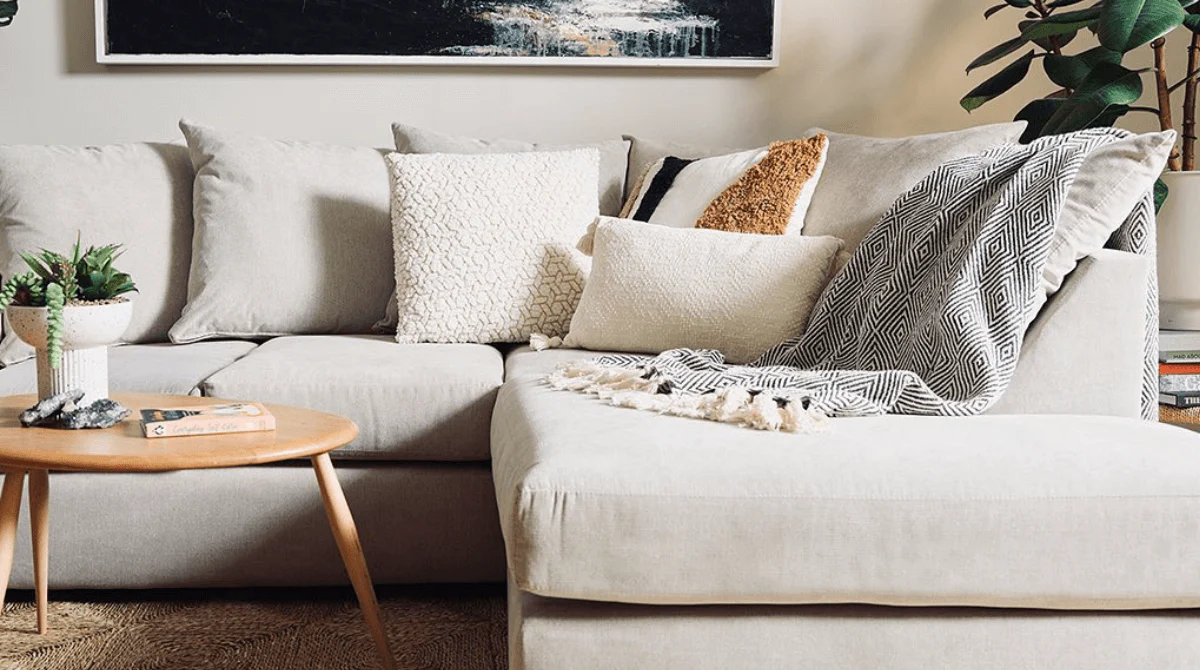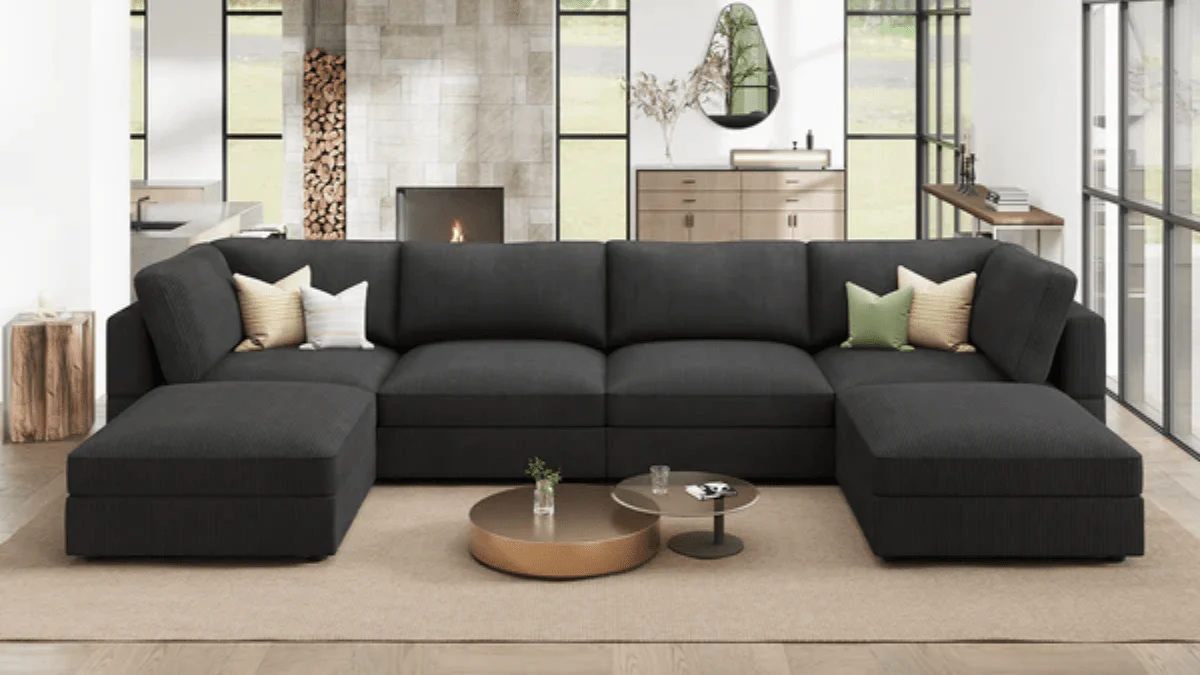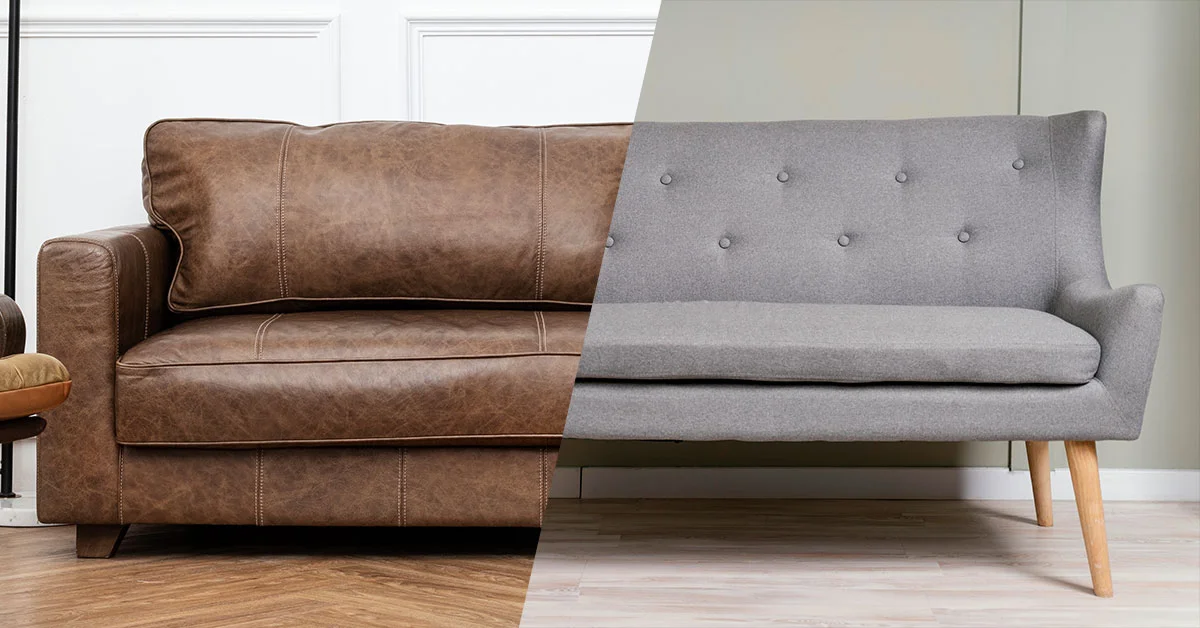Choosing the right foam for your sofa cushions can transform your sitting experience. Whether you’re buying a new sofa or replacing your current cushions, understanding the types of foam available helps you make a smart, long-lasting choice. In this UK-focused guide, we’ll walk you through everything — from foam types, durability, density, and even local options with delivery in major cities like London, Birmingham, and Manchester.
Why Foam Mattress in Sofa Cushions
Foam is not just stuffing — it’s the backbone of your sofa’s comfort. Poor quality foam flattens out in a few months, making your sofa saggy and uncomfortable. Good foam lasts for years, supports your posture, and keeps the cushions firm and bouncy.
Whether you prefer soft cushions or a firm feel, your choice of foam will decide how your sofa performs over time.
Popular Types of Foam Used in Sofas
There are several types of foam available in the UK market. Each comes with its pros and cons depending on usage, comfort, and price range.
1. Polyurethane Foam (PU Foam)
Polyurethane foam is the most widely used and economical option. It’s lightweight, comes in different densities, and is suitable for medium use.
Pros:
- Affordable and easily available
- Lightweight and easy to shape
- Available in soft, medium, or firm density
Cons:
- Tends to wear out faster than other foams
- May lose shape with heavy use
Best for: Budget sofas, guest rooms, occasional seating
2. High-Density Foam
High-density PU foam offers better support and longer life compared to standard PU foam. It’s commonly used in mid-range to premium sofas across the UK.
Pros:
- Good durability
- Keeps shape longer
- Firm support without being too stiff
Cons:
- Slightly more expensive than basic PU foam
Best for: Daily use sofas, family rooms
3. Memory Foam
Memory foam conforms to your body shape and provides unmatched comfort. It’s becoming popular in luxury UK sofas and replacement cushions.
Pros:
- Excellent pressure relief
- Great for people with back pain
- Soft, plush feel
Cons:
- Retains heat
- Can feel too soft for those who prefer firmness
- Higher cost
Best for: Luxury sofas, TV lounges, people with medical issues
4. Reflex Foam
Reflex foam is a high-performance polyurethane foam that mimics the benefits of memory foam but is more supportive and bounces back quickly.
Pros:
- Great resilience and shape retention
- Cheaper than memory foam
- Firm feel with comfort
Cons:
- Less body-contouring than memory foam
Best for: Multi-use seating, family rooms
5. Latex Foam
Latex foam is made from natural rubber and is one of the most durable and supportive types available. It’s often used in premium UK-made sofas.
Pros:
- Long-lasting (10+ years)
- Hypoallergenic and dust-mite resistant
- Breathable and cool
Cons:
- Heavy and expensive
- Not as common in budget furniture
Best for: Eco-friendly buyers, allergy sufferers, high-end sofas
How to Choose the Right Foam for Your Sofa
When deciding on the best foam, consider the following:
1. Density
Foam density is measured in kilograms per cubic metre (kg/m³). Higher density means more material and better support.
| Density Level | Feel | Best Use Case |
| 20–25 kg/m³ | Soft | Occasional use, back cushions |
| 26–30 kg/m³ | Medium | Everyday use, seat cushions |
| 30+ kg/m³ | Firm | Heavy usage, long-term durability |
2. Firmness Rating (ILD)
ILD stands for Indentation Load Deflection. A higher ILD means a firmer foam.
| ILD Rating | Comfort Level |
| 10–20 | Very soft |
| 20–30 | Medium firm |
| 30–40 | Firm |
| 40+ | Very firm |
3. Purpose of Use
- For lounging and soft comfort → Memory foam or medium-density PU foam
- For firm seating and posture → Reflex foam or high-density PU
- For eco-conscious buyers → Natural latex
Foam Cushion Options in the UK Market
You can find various cushion replacements or fillings at local suppliers and online retailers. Many UK companies offer custom cut foam for sofas, chairs, and bench seating.
Popular UK Foam Suppliers:
- The Foam Shop UK
- eFoam.co.uk
- GB Foam Direct
- Foam Superstore
Many of these companies deliver across the UK including London, Manchester, Birmingham, Glasgow, and Liverpool.
Custom Foam vs. Pre-Made Cushions
Custom cut foam gives you control over thickness, firmness, and shape. You just send your cushion measurements, and the company cuts the foam accordingly.
Pre-made cushions are cheaper but limited in quality and size options.
If your current sofa’s fabric is still good, replacing the foam is a smart and economical upgrade.
Signs It’s Time to Replace Sofa Foam
Not sure if you need new foam? Look for these signs:
- Cushions sink too deep when you sit
- Foam doesn’t bounce back after pressure
- Sofa feels lumpy or uneven
- You feel the base or springs
- Visible sagging or wrinkling on the cushion surface
Budget-Friendly Foam Tips
If you’re on a tight budget but want a good result, here’s how to save:
- Choose reflex foam as a cheaper memory foam alternative
- Mix densities — use firm foam for the base and soft foam for the top
- Order in bulk if upgrading multiple sofas
- Opt for local UK foam suppliers for lower delivery costs
Extra Tips to Improve Sofa Cushion Comfort
1. Add a Dacron Wrap
Adding a Dacron fibre wrap around the foam gives a plump, full look and softens the edges. Most UK foam suppliers offer this add-on.
2. Use Foam with a Waterproof Liner
Especially in UK households with kids or pets, a waterproof layer keeps your foam safe from spills and moisture.
3. Combine Layers
Use dual-layer foam: one firm base and one soft top layer. You get support and comfort in one cushion.
Best Foam Type by UK Household Needs
| Household Type | Recommended Foam |
| Single or Student Flat | Medium-density PU foam |
| Family with Kids | High-density foam + wrap |
| Elderly Users | Reflex or Memory Foam |
| Pet Owners | Latex or Waterproof Foam |
| Eco-Friendly Homes | Natural Latex |
What is the best foam for seat cushions?
The best foam to use for a sofa cushion is high-density polyurethane foam. It’s the most popular material for sofas because of its support and comfort. It’s a long-lasting foam that can work for six years or more.
What Kind of Foam Is Used in Seat Cushions?
Polyurethane foam is a product of the petroleum industry and is the most common foam used in couch cushions.
What Is the Best Foam for Sofa Seat Cushions?
The best foam to use for sofa cushions is polyurethane foam — but the answer goes further than that. There are many different types of polyurethane foam, all with different properties. Choosing the correct sofa cushion foam is all down to the thickness you need and whether they’re back or seat cushions.
What Density Foam Is Best for Seat Cushions?
High resilience foam at 2.8 to 3.0 pounds per cubic foot is the best foam to use for cushions. It is highly responsive for a quick return action and will provide an extra bounce. High resilience foam claims the title when it comes to the best foam for sofa cushions.
Which Type of Foam Is Preferred for Seating and Why?
A higher density firmer foam is recommended when upholstering dining room chairs. City foam means higher quality as it has a strong cell structure. On a routine basis for the Indian market, POO foam should have 32-40 density, memory foam should have 50 to 60 density, and latex should have 55 to 65 density.
How Thick Should Upholstery Foam Be?
Upholstery foam sheets’ thickness should be between 3/8 and 30 inches (1 to 76 centimeters).
Are High-Density Foam Mattresses Good?
Since they are more compact than lower density foams, they don’t sink in too much — allowing proper head, shoulders, and hips alignment for better spine health. Higher density foams are especially good for back and stomach sleepers. They don’t sag quickly, meaning they offer excellent back and neck support.
Can I Replace the Foam in My Couch Cushions?
The foam inside sofa cushions can be easily replaced. You’ll have to determine the size of foam you need to fill each cushion, then purchase high-density foam designed for use in furniture cushions. If your sofa’s back cushions have zippers, you can easily replace the foam in those too.
Are Seat Cushions Good for You?
Using a seat cushion is good for you because it distributes your body weight effectively, improves posture, and makes your chair feel more comfortable. People often suffer from back pain, stressed out joints, and body aches from sitting in a chair without adequate supportive cushioning.
How Thick Should Back Cushions Be?
In general:
- At least 50 millimeters thick cushions will be comfortable enough for a seating pad
- 75 millimeters for a bench or window seat
- Approximately 100 millimeters for a daybed
Do You Need Batting Over Foam?
Batting is applied over the foam and cushions and other upholstery to prevent slippage and provide a smooth appearance.
What Does Foam Density Mean?
City foam means higher quality as it has a strong cell structure. On a routine basis for the Indian market:
- POO foam should have 32–40 density
- Memory foam should have 50–60 density
- Latex should have 55–65 density
How Thick Should Upholstery Foam Be?
Upholstery foam sheets: The thickness should be between 3/8 and 30 inches (1 to 76 centimeters).
Are High-Density Foam Mattresses Good?
Since they are more compact than lower density foams, they don’t sink in too much — allowing proper head, shoulders, and hips alignment for better spine health. Higher density foams are especially good for back and stomach sleepers. They don’t sag quickly, meaning they offer excellent back and neck support.
Can I Replace the Foam in My Couch Cushions?
The foam inside sofa cushions can be easily replaced. You’ll have to determine the size of foam you need to fill each cushion, then purchase high-density foam designed for use in furniture cushions. If your u shaped scatter back cushions sofa have zippers, you can easily replace the foam in those too.
Are Seat Cushions Good for You?
Using a seat cushion is good for you because it distributes your body weight effectively, improves posture, and makes your chair feel more comfortable. People often suffer from back pain, stressed out joints, and body aches from sitting in a chair without adequate supportive cushioning.
How Thick Should Back Cushions Be?
In general:
- At least 50 millimeters thick cushions will be comfortable enough for a seating pad
- 75 millimeters for a bench or window seat
- Approximately 100 millimeters for a daybed
Do You Need Batting Over Foam?
Batting is applied over the foam and cushions and other upholstery to prevent slippage and provide a smooth appearance.
What Is High-Density Foam?
Loft high-density foam is a medium-quality industrial-grade foam that comes in all firmness levels from very soft to extra firm. There is a misconception that the name high density means the foam is firm.
How Can You Tell If the Foam Is High Density?
To calculate density:
Divide the mass or weight of an object by the total number of volume units.
For example, a foam layer that weighs 100 pounds and measures 25 cubic feet has a density of 4 pcf. Assuming the foam has a uniform consistency, every square foot of the layer will measure 4 pounds.
Is Foam or Fibre Sofa Better?
Foam seats are much firmer than fibre and can provide more body support while sitting. While there are different grades of foam available, the foam will also retain its shape much better than fibre. Foam sofas are also more durable and viewed as more resistant than fibre.
Is Polyurethane Foam Suitable for a Sofa?
The best foam to use for a sofa cushion is high-density polyurethane foam. POO foam is available in different weights and densities. It’s the most popular material for mink color sofas because of its support and comfort. It’s a long-lasting foam that can work for six years or more.
How Long Does Sofa Foam Last?
The life expectancy of expensive high-quality sofa cushion foam such as down fillers is around 10 years. In contrast, cheaper sofas are more likely to use polyester and polyurethane foam. These typically start losing their plumpness after around three years.
How Is Foam Density Calculated?
To calculate the density of a piece of foam:
Divide the foam’s weight by its total volume.
For example, if a piece of foam weighs 100 pounds and has a volume of 25 cubic feet, its density is 4 pcf.
Frequently Asked Questions
What is the most comfortable foam for sofa cushions?
Memory foam is the most comfortable due to its body-conforming nature, but reflex foam is a close second for those who prefer support.
Which foam lasts the longest?
Latex foam lasts the longest (often 10–15 years) followed by high-resilience and high-density PU foam.
Is high-density foam better than memory foam?
High-density foam is more supportive and durable, while memory foam offers more softness and contouring. It depends on what you value more: firmness or comfort.
Can I replace sofa foam myself?
Yes! Just remove your cushion covers, measure the size, order custom foam online, and insert the new foam into your existing covers.
Final Verdict
The best foam for your sofa cushions depends on your needs:
- Want long-term durability? Go for high-density or latex foam
- Need luxury comfort? Choose memory foam
- Prefer firm support? Use reflex or HR foam
- Looking for budget-friendly? Start with standard PU foam
In the UK, with so many local suppliers offering custom foam with next-day delivery, it’s easier than ever to upgrade your sofa without replacing the whole thing.
Need Help Deciding?
We’re helping people across the UK — from London to Leeds, Manchester to Bristol — pick the best foam for their sofas.
Contact local foam suppliers or upholsterers for advice based on your sofa type, size, and usage.





